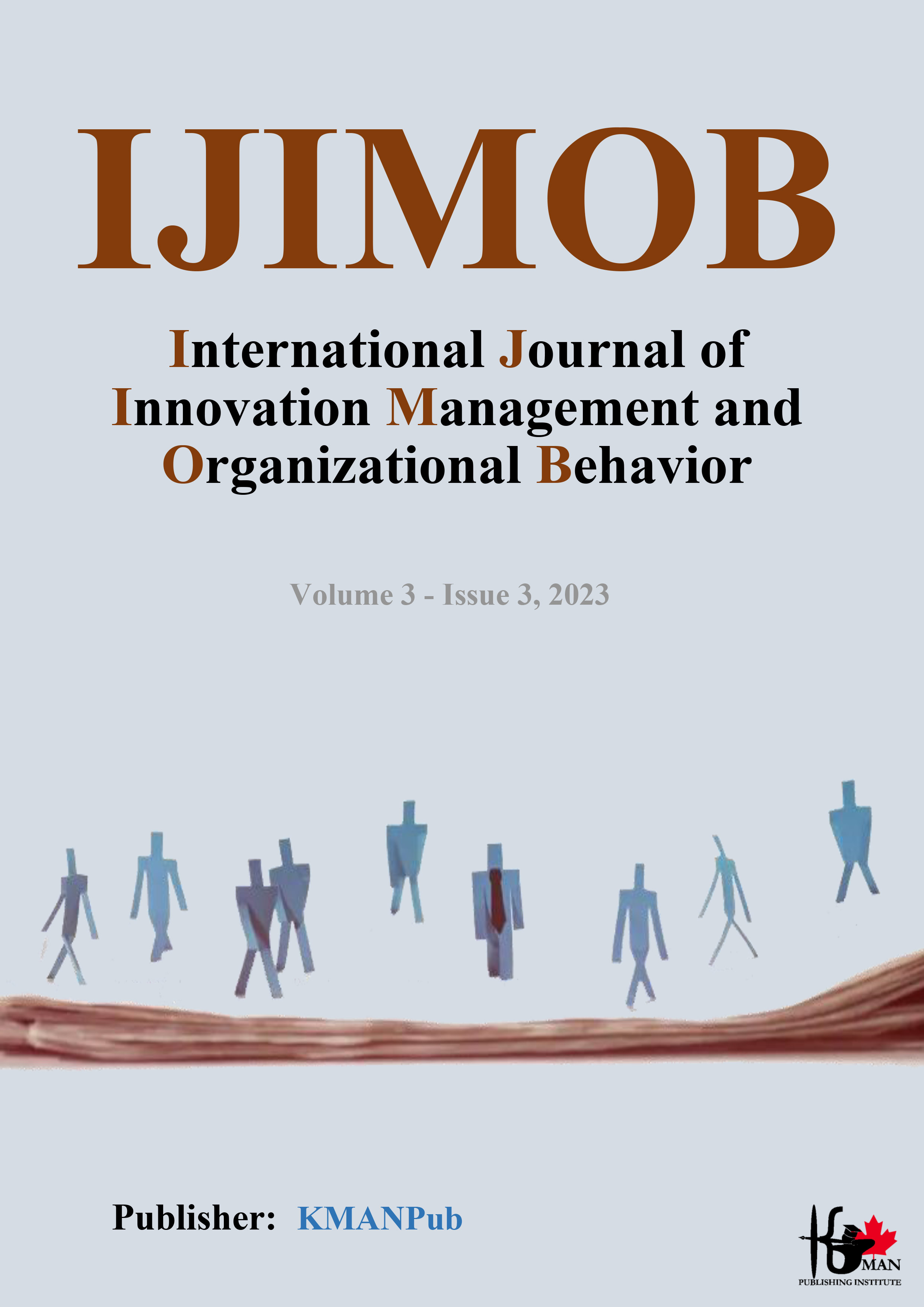Presenting the Pathology Model of Descriptive Evaluation System in Primary Education (Case Study: Alborz Province)
Keywords:
Pathology, Descriptive Evaluation, Primary School, EducationAbstract
Objective: The purpose of the present research was to pathologize the descriptive evaluation system and present a suitable model in primary education (case study of Alborz Province).
Method: This study is descriptive-survey in nature. The statistical population includes experienced teachers and doctorate-level educators in the field of primary education in Alborz Province. Using Cochran's formula and a simple random sampling method, a sample size of 384 was determined. The research instrument was a researcher-made questionnaire derived from the qualitative section. Validity was confirmed in two forms: 1. Face validity and 2. Construct validity, which includes two types of convergent and divergent validity confirmed by the “Fornell and Lurcher” method. Reliability was obtained as 1. Composite Reliability (CR) and 2. Cronbach's Alpha coefficient of 0.83. The data analysis of the model's validity was conducted using confirmatory factor analysis, and its reliability was examined using Cronbach's Alpha coefficient, employing Smart PLS software.
Findings: Findings indicated that the pathology of descriptive evaluation in the primary period of Alborz Province, considering the lived experiences of expert teachers in Alborz Province, consisted of three main categories (dimensions): social damages, individual damages, and organizational damages. Additionally, it showed that the model derived from the synthesis of research texts related to descriptive evaluation in primary education included five main categories (dimensions): prerequisites, inputs, effective roles, outputs, and goals, each of these dimensions having their own components. It also demonstrated that reliability coefficients for the questionnaires of prerequisites, inputs, outputs, effective roles, and goals, and their components were all above 0.7, indicating the high precision of the measurement tools used in this research.
Conclusion: This model can serve as a guide for educators and policymakers in improving evaluation practices and ultimately, the quality of education in primary schools.
Downloads
Downloads
Additional Files
Published
Submitted
Revised
Accepted
Issue
Section
License
Copyright (c) 2023 Roya Najarian, Amirhossein Mehdizadeh, Nahid Shafiee , Nader Barzegar, Batoul Faghiharam (Author)

This work is licensed under a Creative Commons Attribution-NonCommercial 4.0 International License.
















